Description
The cowpea (Vigna unguiculata) is an annual herbaceous legume from the genus Vigna. Due to its tolerance for sandy soil and low rainfall, it is an important crop in the semiarid regions across Africa and Asia. It requires very few inputs, as the plant’s root nodules are able to fix atmospheric nitrogen, making it a valuable crop for resource-poor farmers and well-suited to intercropping with other crops. The whole plant is used as forage for animals, with its use as cattle feed likely responsible for its name.
Four subspecies of cowpeas are recognised, of which three are cultivated. A high level of morphological diversity is found within the species with large variations in the size, shape, and structure of the plant. Cowpeas can be erect, semierect (trailing), or climbing. The crop is mainly grown for its seeds, which are high in protein, although the leaves and immature seed pods can also be consumed.
Cowpeas were domesticated in Africa and are one of the oldest crops to be farmed. A second domestication event probably occurred in Asia, before they spread into Europe and the Americas. The seeds are usually cooked and made into stews and curries, or ground into flour or paste.
Most cowpeas are grown on the African continent, particularly in Nigeria and Niger, which account for 66% of world production. A 1997 estimate suggests that cowpeas are cultivated on 12.5 million hectares (31 million acres) of land, have a worldwide production of 3 million tonnes and are consumed by 200 million people on a daily basis. Insect infestation is a major constraint to the production of cowpea, sometimes causing over 90% loss in yield. The legume pod borer Maruca vitrata is the main preharvest pest of the cowpea and the cowpea weevil Callosobruchus maculatus the main postharvest pest.


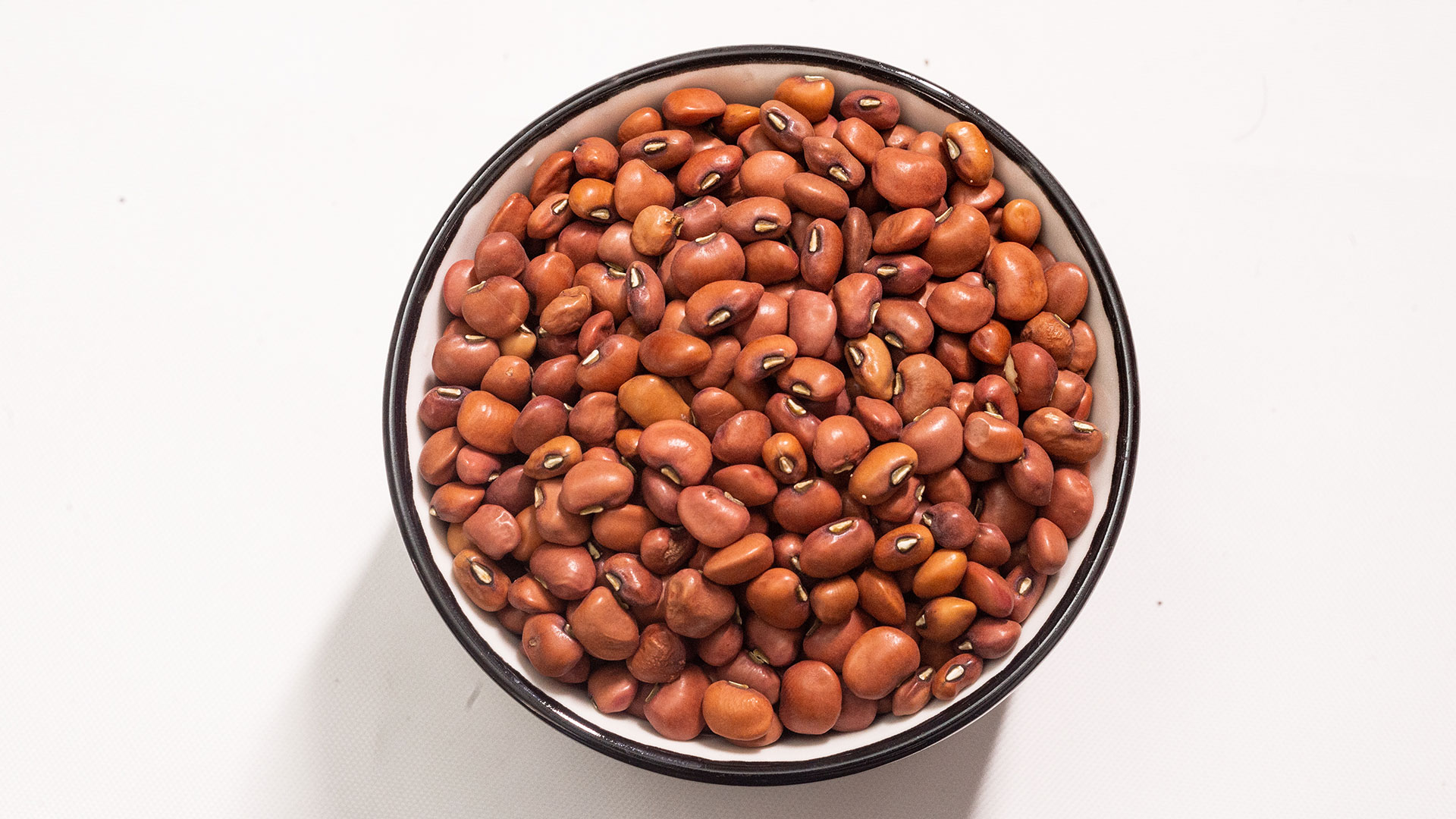
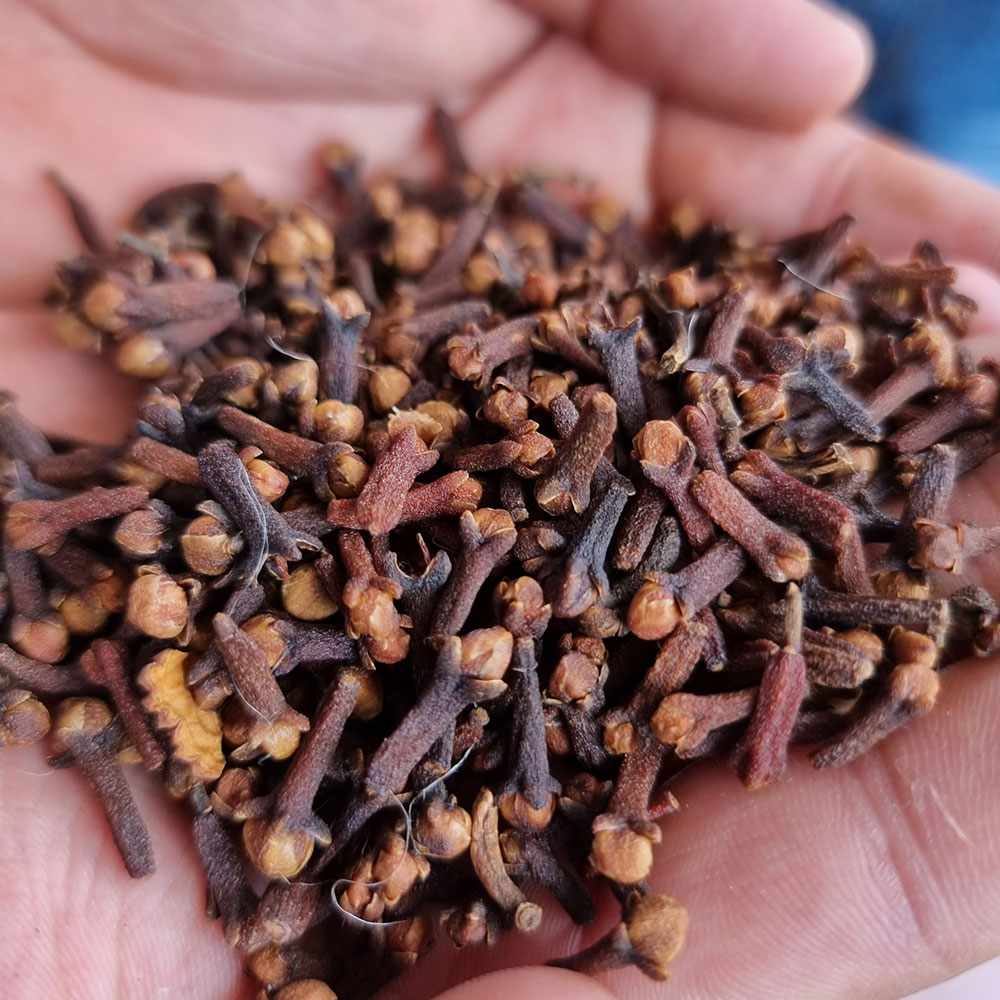
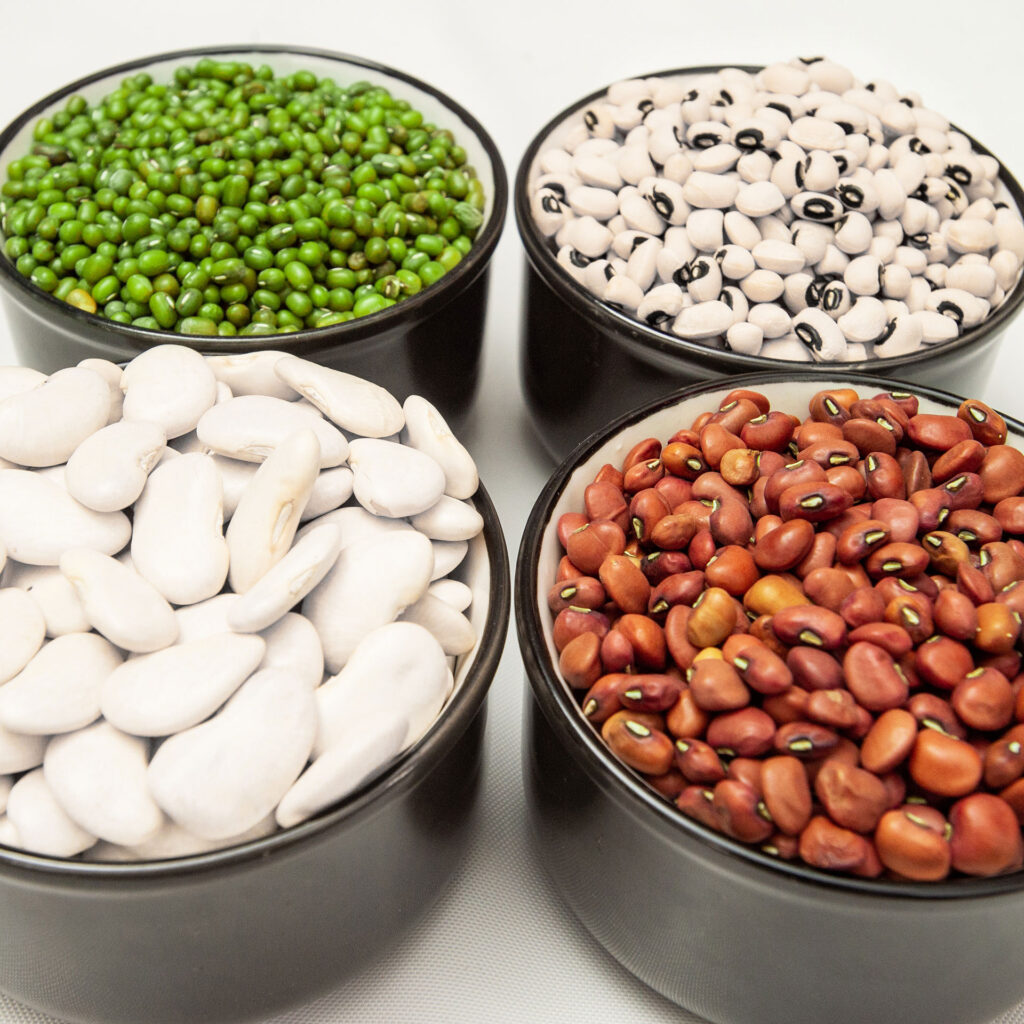
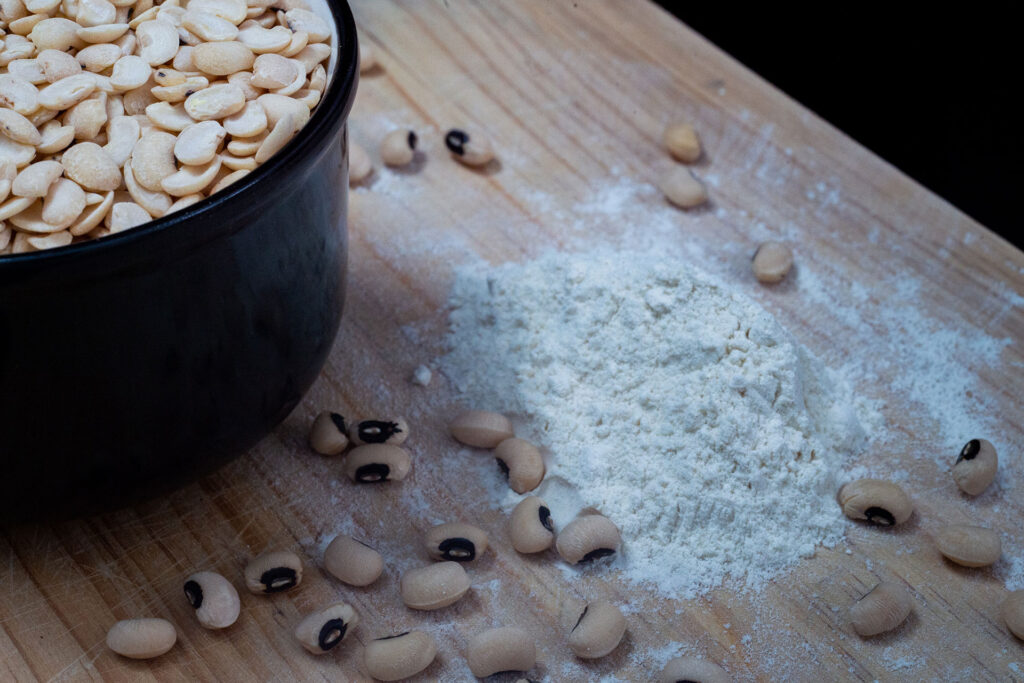

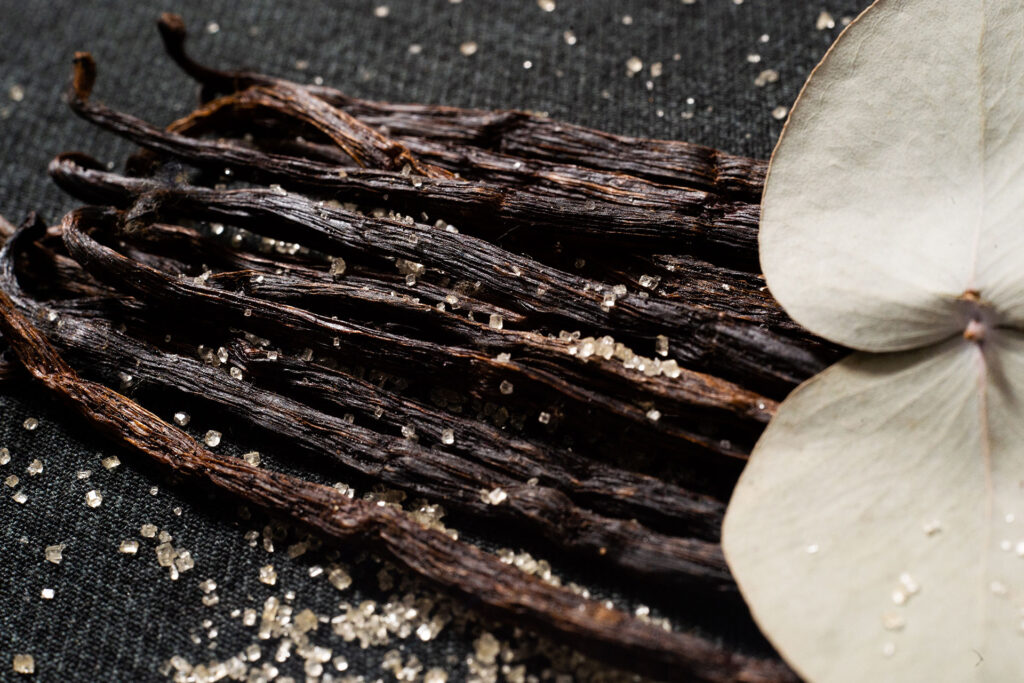
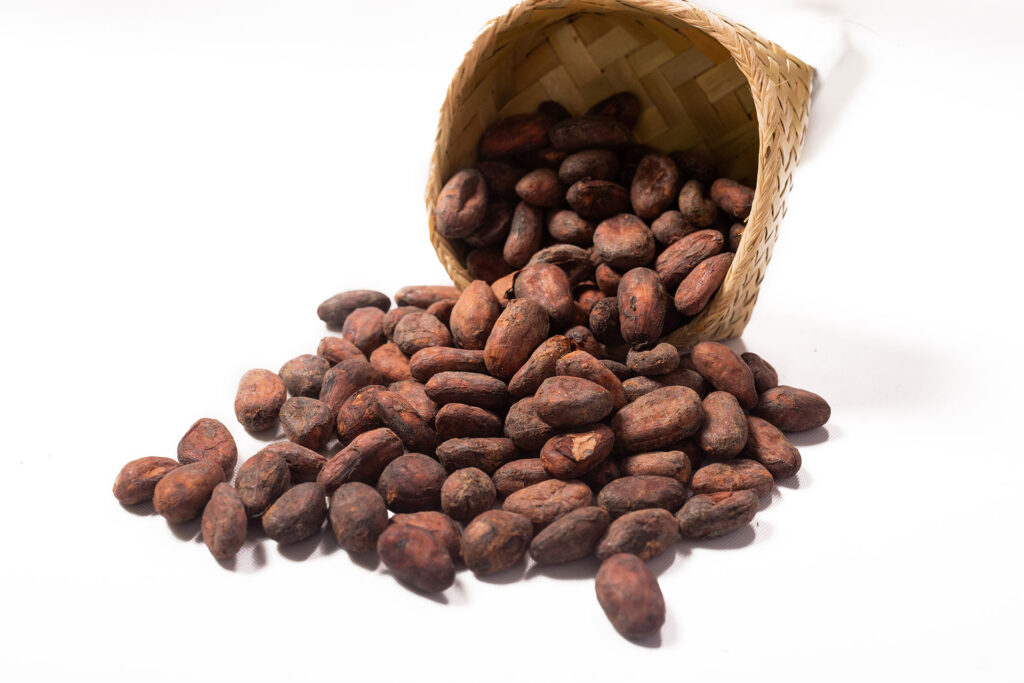
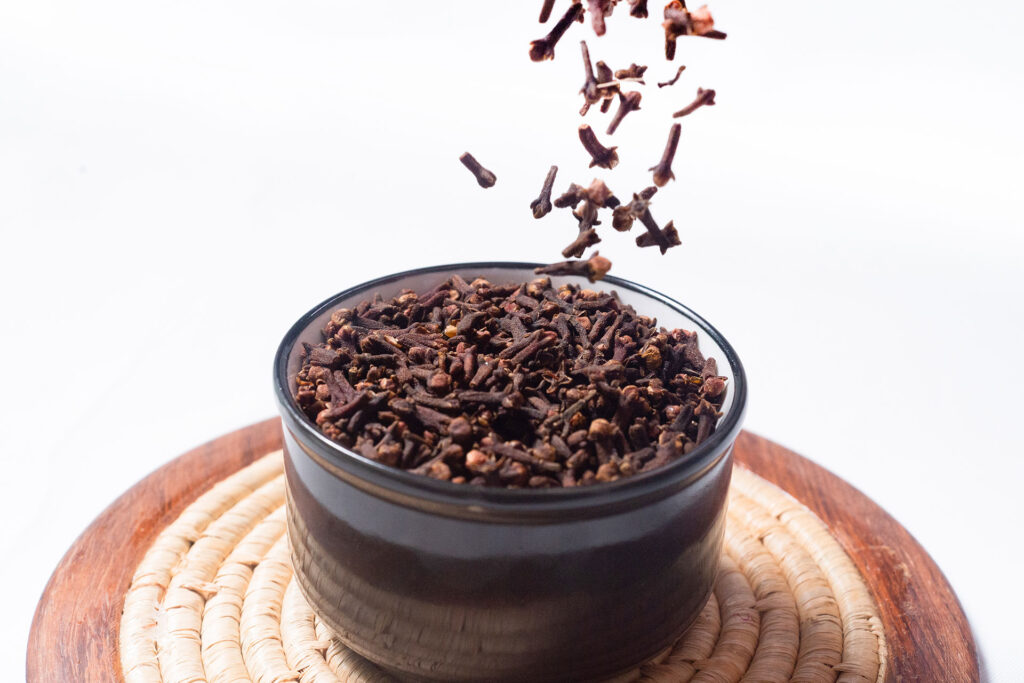
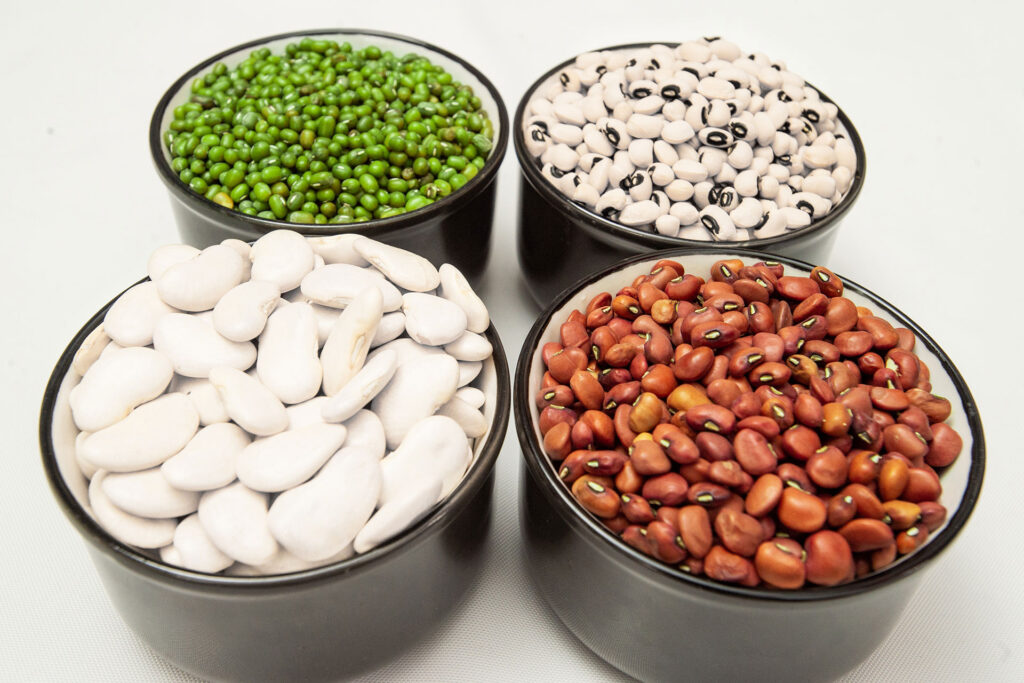
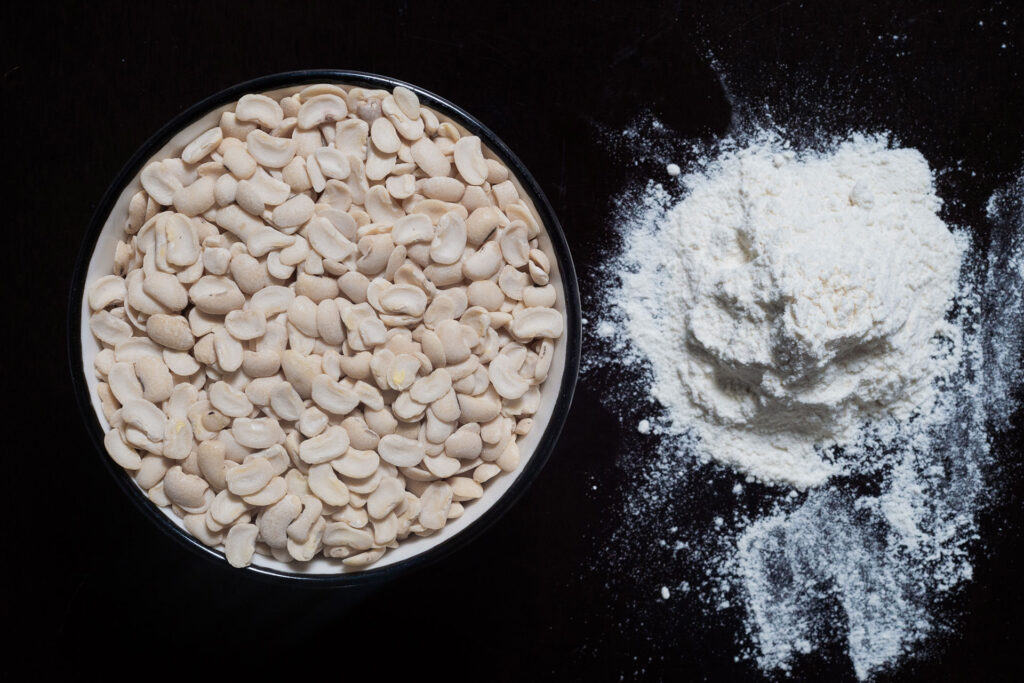
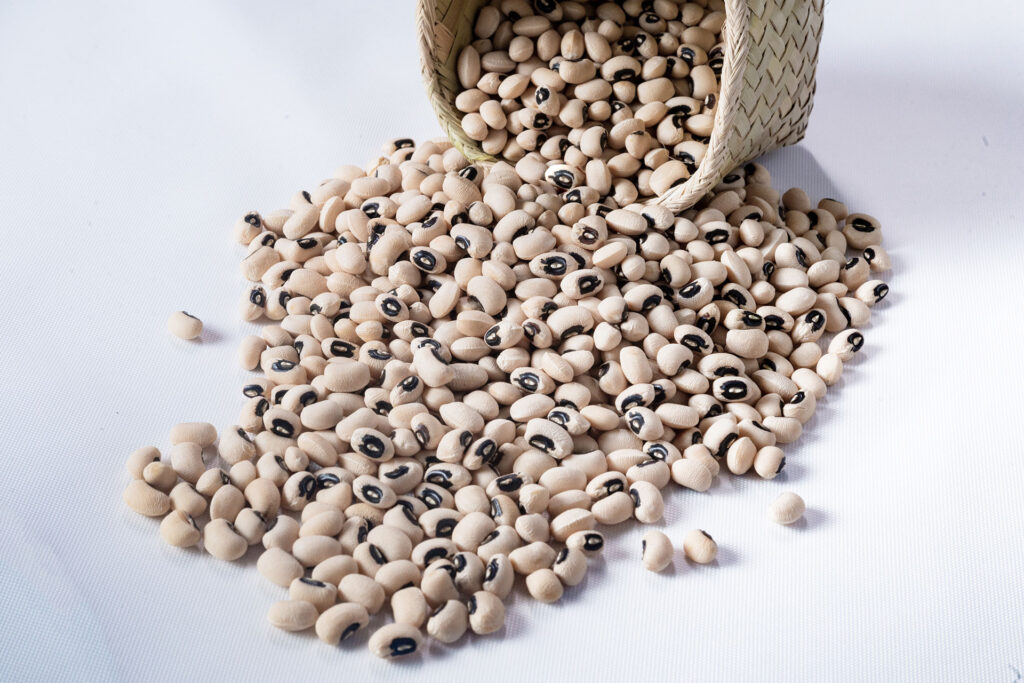
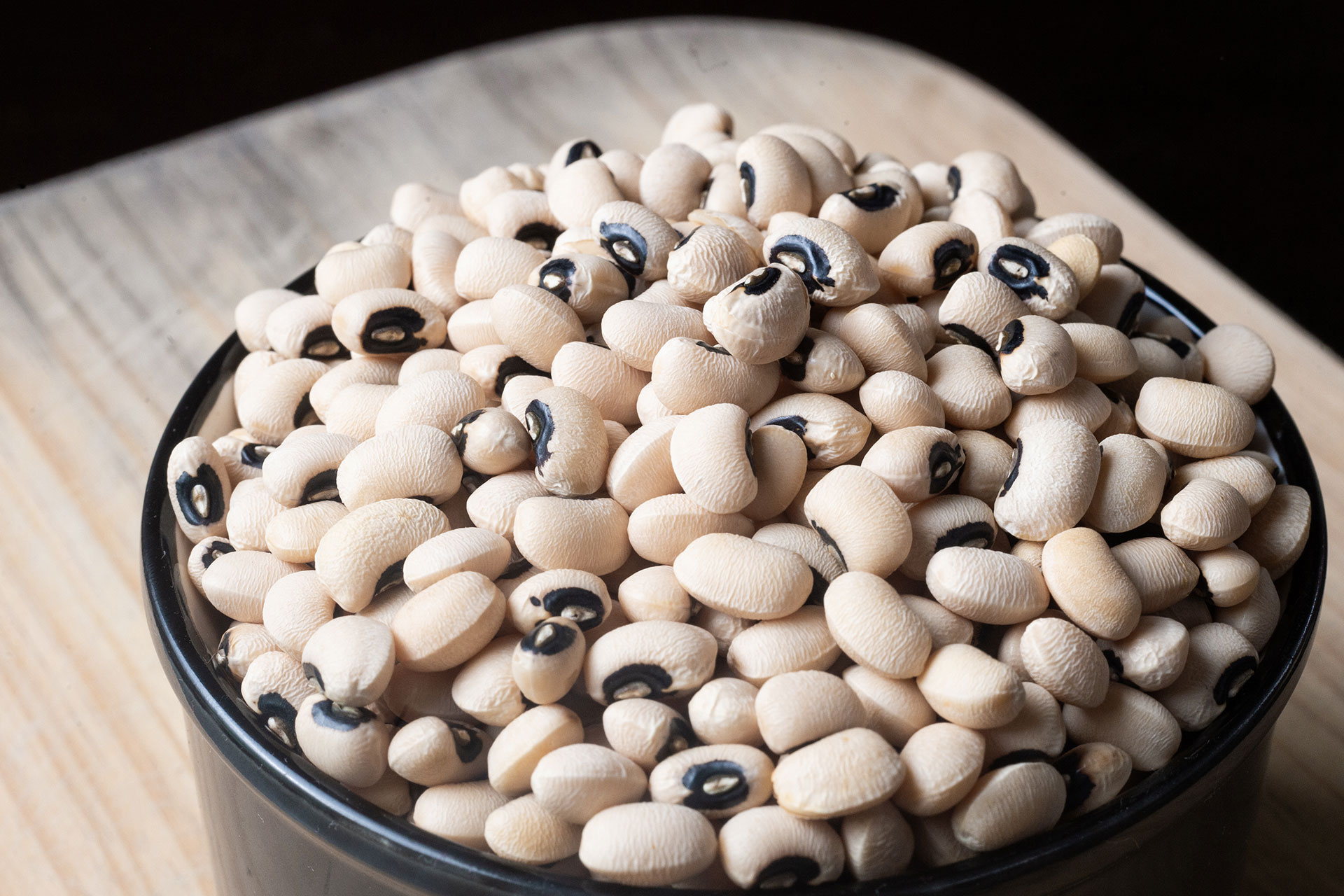
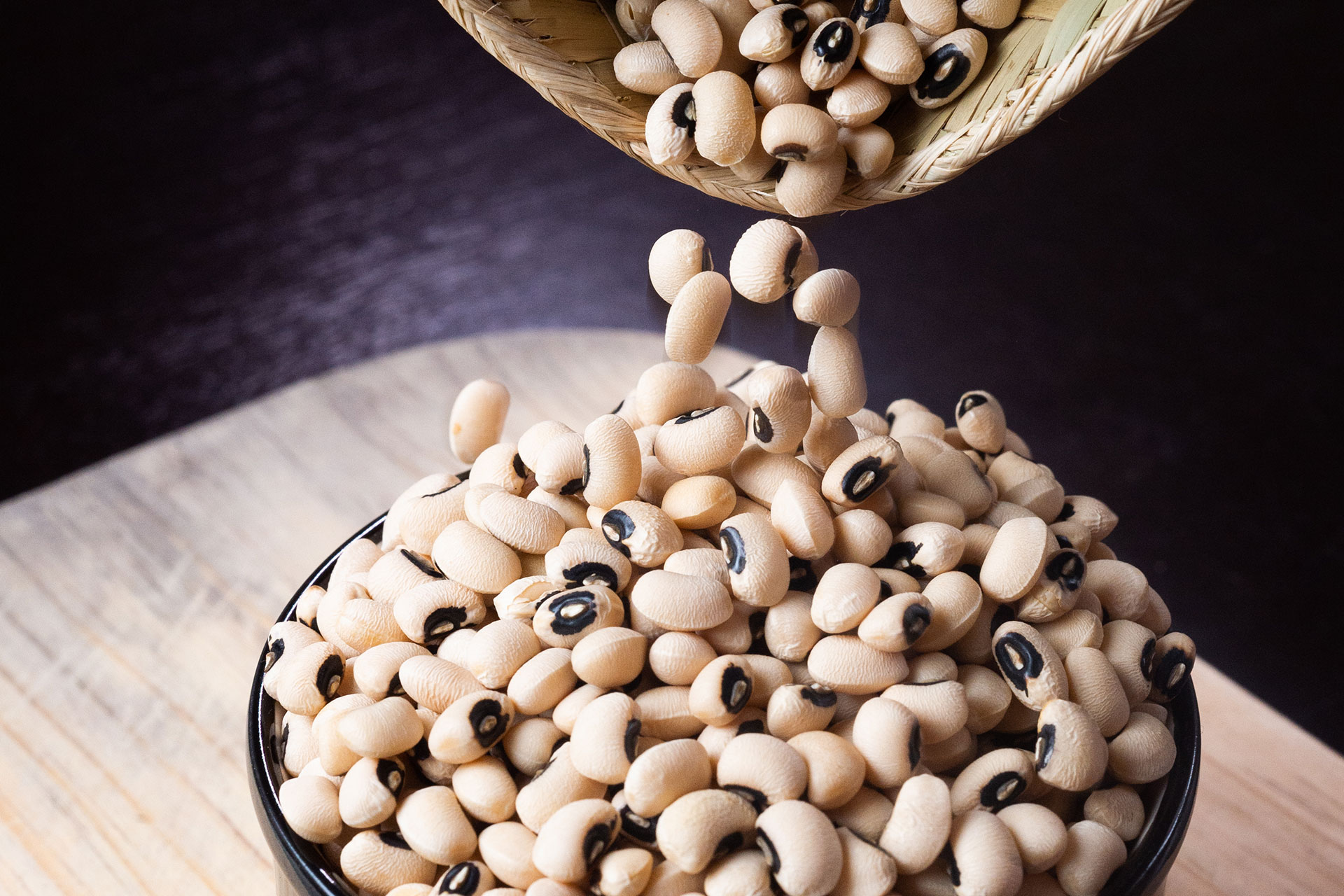
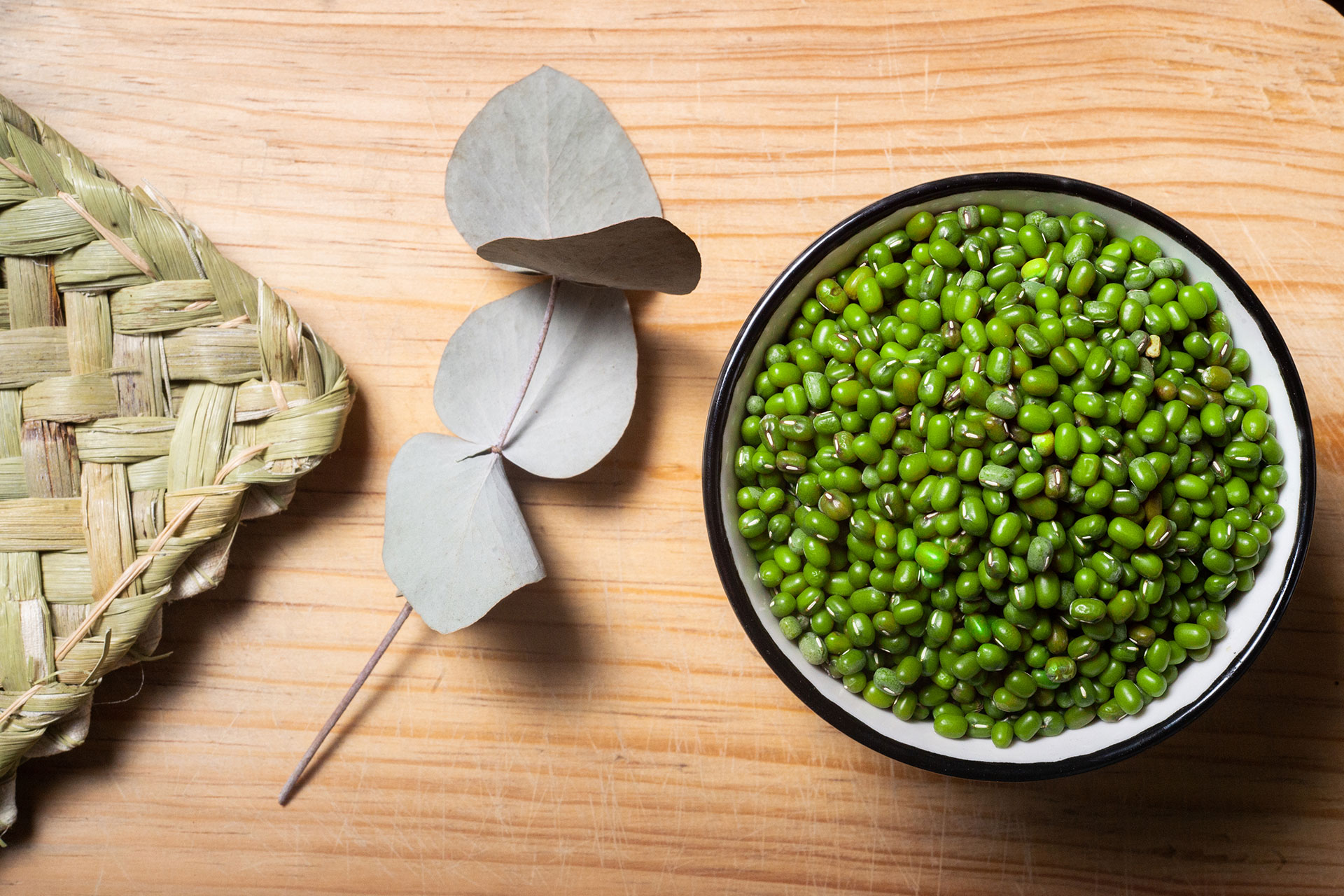
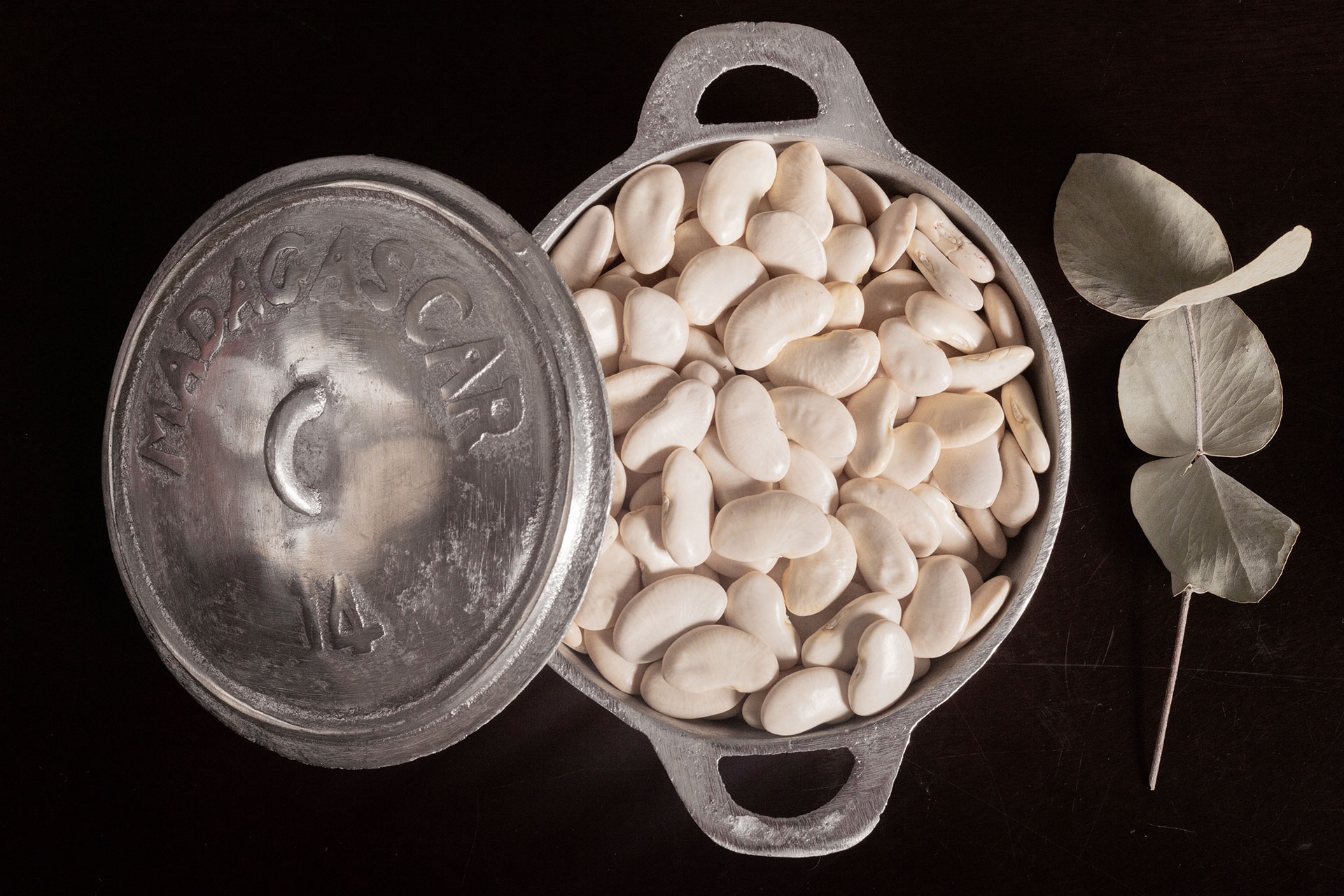
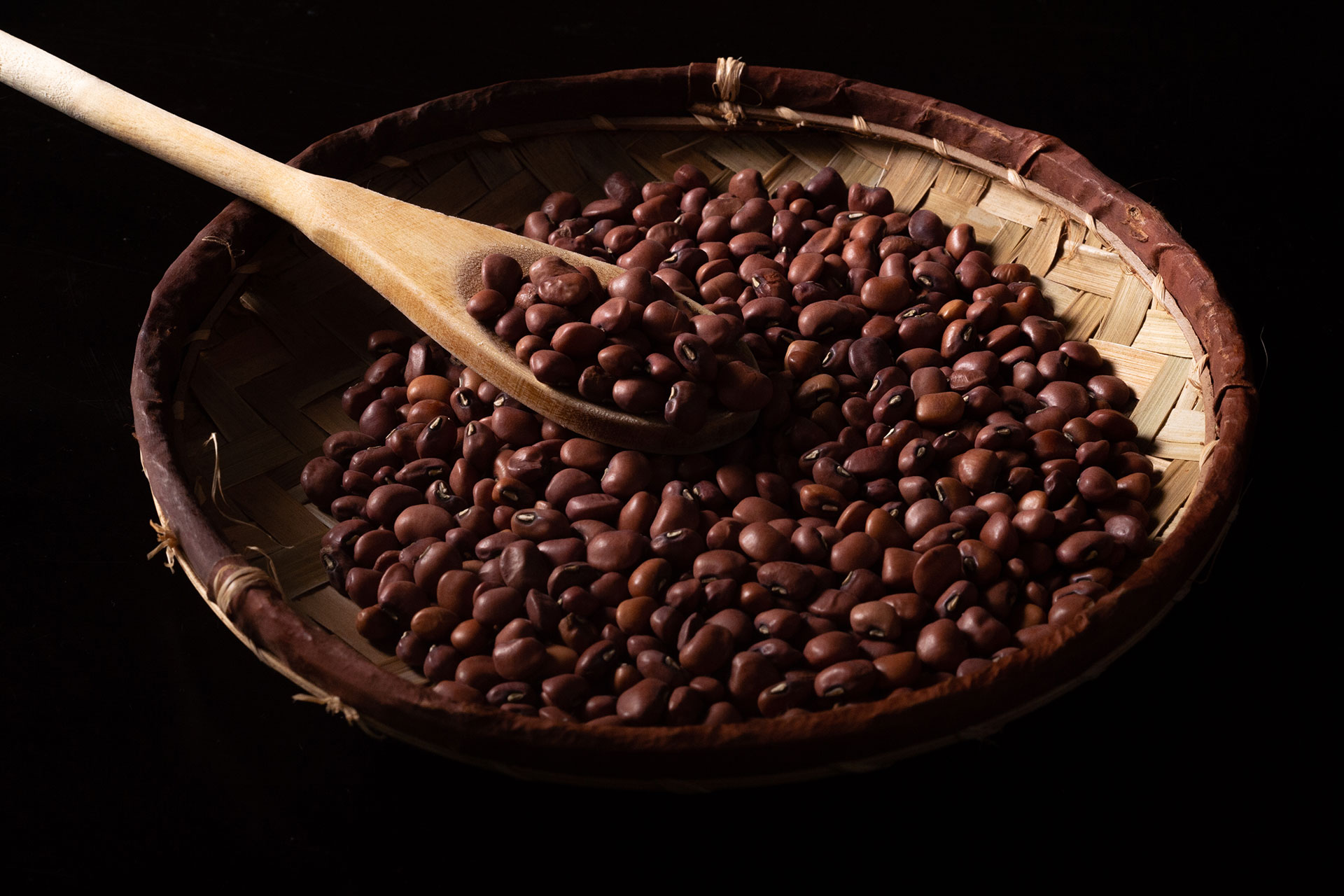
Avis
Il n’y a pas encore d’avis.